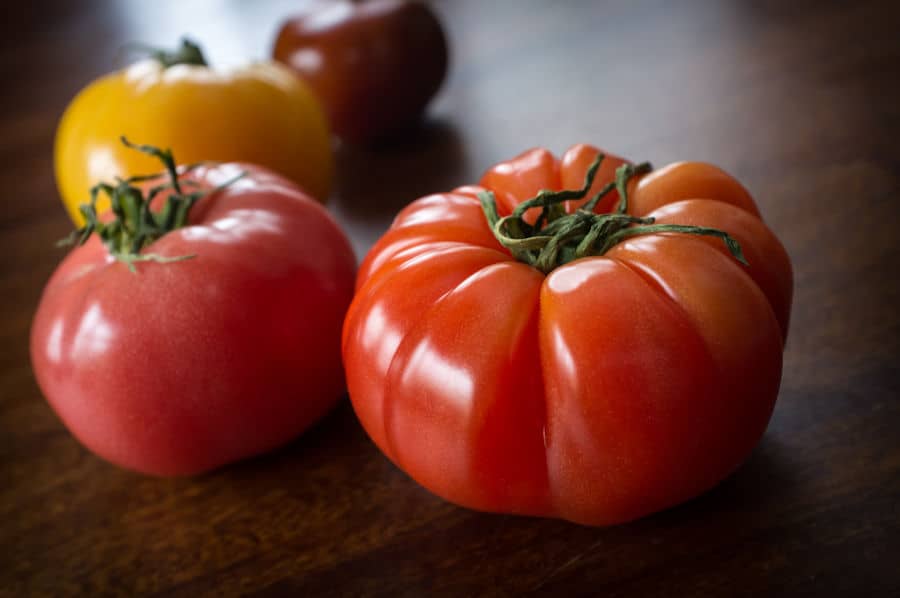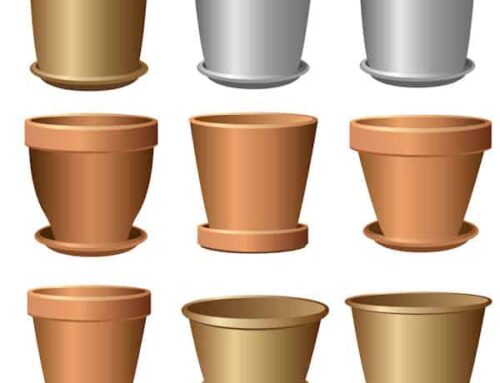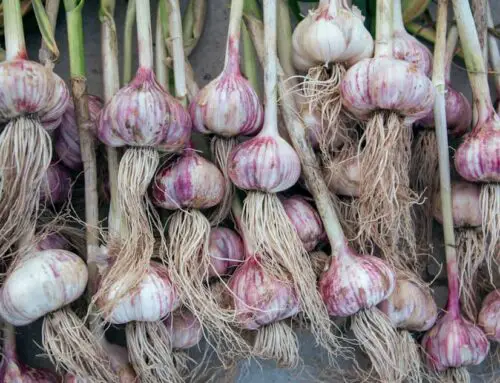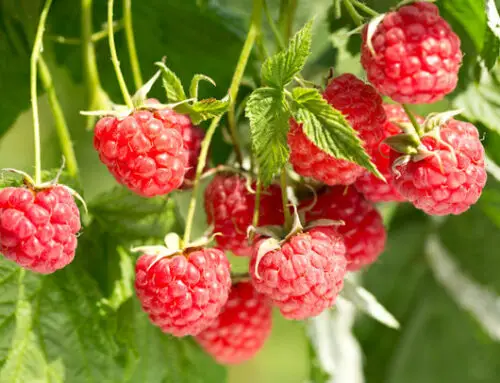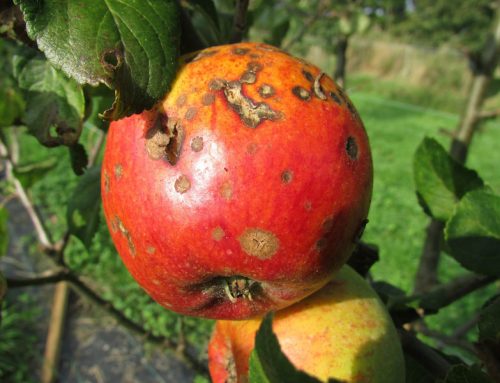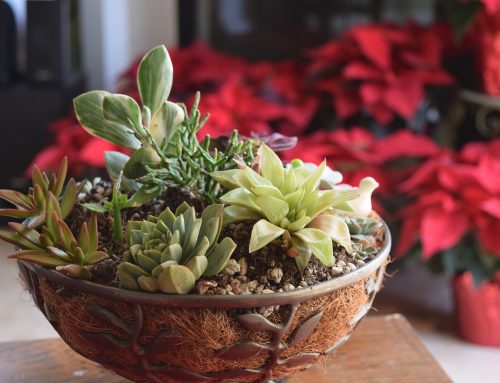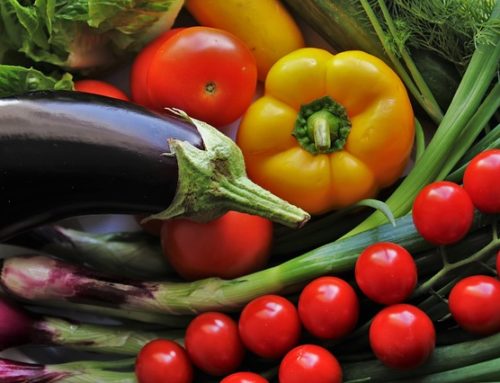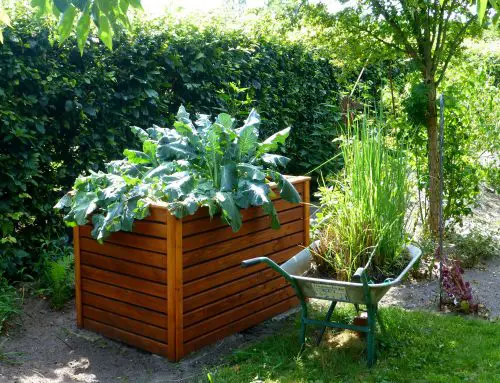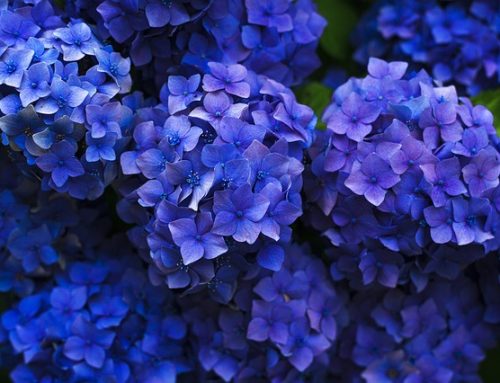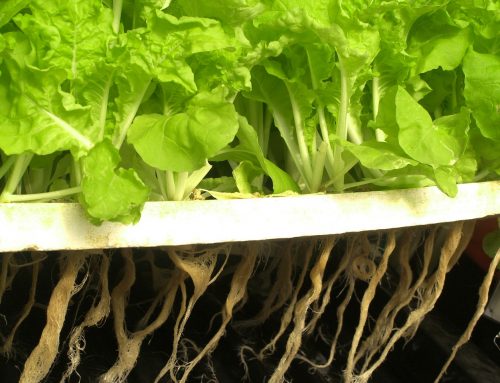For many people, there is nothing more delicious than a juicy tomato, fresh out of the garden, and even more so if it is an heirloom tomato.
Whether you slather the tomato in mayo on a BLT, or chop it into a salsa or guacamole, vine-fresh tomatoes are a delectable treat. But not all tomatoes are created equal.
Heirloom tomatoes have been grown true from seed, and the seeds have been preserved for at least 50 years to be considered heirloom. Because of this style of germination, heirloom tomatoes have a more distinctive flavor than their cross-bred or hybrid counterparts.
What Do Heirloom Tomatoes Taste Like
Although heirloom tomato varieties can vary widely in taste, generally they are more vibrant and sweeter than other varieties of tomatoes. Each color offers a unique taste; for example, deep purple tomatoes taste earthier, yellow have a milder taste, and striped versions are extremely sweet and juicy.
With so much history and mystery surrounding heirloom tomatoes, there is a lot to learn about them. They pack a lot of flavor in a tiny little package, and they also offer a nutritional bonanza to those who eat them.
Even if you don’t think you enjoy tomatoes, you have probably eaten them in sauces or in ketchup, as they are a very popular food grown in America. Read on to learn more about what heirloom tomatoes are and what they can offer you.
What Exactly Are Heirloom Tomatoes?
Contrary to popular belief, heirloom tomatoes are not a specific variety of tomato, but are named because of the way their seeds are stored and propagated. With an absolute diversity of tomato types, shapes, colors, and sizes, heirloom tomatoes are any variety that has been passed down between gardeners for at least 50 years.
Because they are allowed to grow as nature intended and no cross-pollination or manipulation takes place, they can often look oddly-shaped, and their color and taste can vary even within the same type of tomato.
Farmers can “manipulate” what they grow in subsequent seasons with the seeds that they choose to keep and plant the following year. For instance, they might only keep the seeds from the juiciest tomatoes or the tomatoes with the most vibrant colors.
When you go to farmer’s markets or grocery stores, you will soon realize that heirloom tomatoes are generally more expensive than their regular counterparts.
There are several reasons for this. Heirloom tomatoes are not inherently disease resistant, they produce fewer tomatoes per vine than other tomatoes. Additionally, heirloom tomatoes are not mass-produced, so this hands-on growing and harvesting process is naturally more expensive.
Finally, heirloom tomatoes do not travel well, so time is of the essence, leading to more expense when shipping must be expedited.
Why Are Tomatoes Good For Me?
Although no one ever said “A tomato a day keeps the doctor away,” tomatoes are an excellent choice for a healthy diet, and can add an intensity of taste and texture to your diet.
One of the most beneficial facts is that heirloom tomatoes are filled with antioxidants. Lycopene is the primary antioxidant, and provides the bright red color, while also protecting the tomato from the harsh ultraviolet rays of the sun.
In the same way, lycopene can protect your cells from damage by fighting the free radicals that are trying to damage them. Research shows lycopene-rich foods can mitigate bone, lung, and prostate cancer and prevent other diseases.
Heirloom tomatoes are also a powerhouse of potassium, supplying about 5% of an adult’s daily needs. A diet rich in potassium is associated with lower rates of stroke and heart disease.
According to the National Library of Medicine, “Tomatoes and tomato products are rich sources of folate, vitamin C, and potassium. Relative to phytonutrients, the most abundant in tomatoes are the carotenoids. Lycopene is the most prominent carotenoid followed by beta-carotene, gamma-carotene and phytoene as well as several minor carotenoids.” These antioxidants protect from disease and offer your immune system a boost.
Different Tastes of Heirloom Tomatoes?
When farmers grow their heirloom tomatoes, they can discern which types of tomatoes they wish to concentrate on, and breed them selectively according to size, color, and taste. Since the tomatoes are grown naturally, of course, Mother Nature has the final say and some shapes and sizes might be different from the previous generations.
When speaking in general terms, we know that heirloom tomatoes are sweeter than other varieties, but the color variations also have their own taste appeal. And although no rule in nature is ever set in stone, these color variations often can create the following taste sensations:
- Orange Heirloom Tomatoes: Low acid content leads to sweetness
- Yellow Heirloom Tomatoes: Lower acidity and a more mellow taste
- Black Heirloom Tomatoes: Actually purple or maroon in color, these tomatoes have an earthy/smoky taste
- Pink Heirloom Tomatoes: Often the sweetest tomato variety, and nicely balanced between acid and sugar
- Striped Heirloom Tomatoes: Fun to look at, while being juicy and delicious
- Red Heirloom Tomatoes: Strong flavors that favor acidity
With an assortment of colors and tastes, heirloom tomatoes can brighten any palate. Chopped into salads, stirred into sauces, or displayed beautifully with some extra virgin olive oil, heirloom tomatoes might be a little more pricey, but the upcharge is worth it for the taste and the diversity that they offer.
Final Thoughts
Heirloom tomatoes are very special, and the seeds have been passed down for at least fifty years through careful storing and sowing of the seeds.
Carrying out this process year after year, without mass producing them, also leads to more expense. Because of the care with which they are raised, heirloom tomatoes have a very vibrant taste that is slightly sweeter than other varieties of tomatoes.
Heirloom tomatoes offer a great diversity in size, shape, and color, which also leads to differentiation in their taste. Whether you eat them in salads, sauces, or straight from the vine, heirloom tomatoes are a taste sensation.

